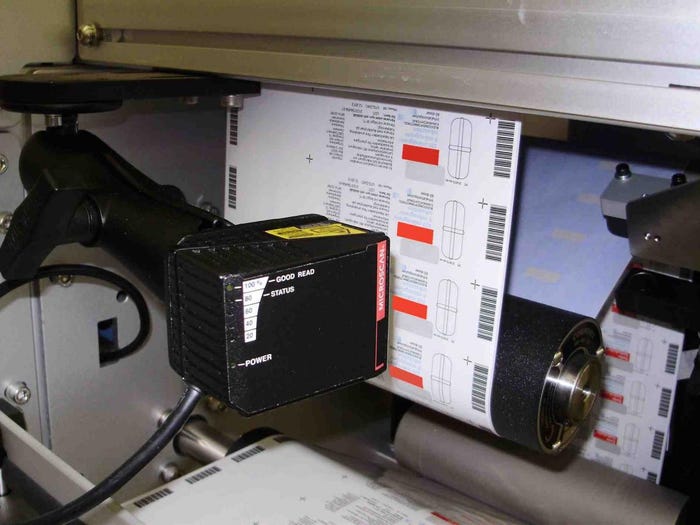In this issue of Product Watch, our look at new equipment and services for plastics processors, we preview three new pieces of kit.
August 22, 2011
In this issue of Product Watch, our look at new equipment and services for plastics processors, we preview three new pieces of kit. We'll start at Spartanics, based in Rolling Meadows, IL and a supplier of die cutting machinery, laser cutting machinery and screen printing systems and other equipment for fabricating products made from flat stock materials. The company has introduced what it alls a turnkey digital print-to-laser cutting system for designers of printed plastic labels and packaging, plastic nameplates and faceplates and a wide range of other plastic products involving digital printing and/or digital finishing (laser cutting). With this new unit, a user can direct and control all print and laser cutting finishing specifications at early design stages.
|
Shown is one of Spartanics' new digital print-to-laser cutting systems. |
Unlike digital cutting /laser cutting lines that may require input of vector-based files during set up, the Spartanics' system allows product developers to use their RIP (Rastor Image Process) software at the pre-press level to specify not only print but also laser cutting files to finish the product. The cutting system extracts the vector data embedded in PDF, ONYX or other formats. It also enables the use of bar codes to signal job changeovers for uninterrupted continuous production lines and the cost-efficiencies this affords for short-run jobs.
Official launch of the new system will be next month (Sep. 27-30, 2011) in Brussels at LabelExpo Europe.
In Erie, PA, home to metal separation unit manufacturer Eriez, the company now a new model of its FF metal separators for inspecting materials under free-fall conditions. These separators detect magnetic and non-magnetic metal contamination including steel, aluminum, brass, copper and stainless steel, even when it is encapsulated in materials such as plastic pellets.
As a result these metal separators help provide protection for extruders, injection molding, blow molding and other machinery. Product purity is also improved, which is especially helpful with recycled plastics. When detected, metal contaminants are rejected through the system's "Quick Flap" reject unit, which can be rotated to match the position of the reject container.
A signal-to-noise-ratio minimizes susceptibility to electromagnetic interference and vibration. Eriez model FF metal separators are available in eight pipe sizes from approximately 1" - 9.2" in diameter.
Also out of Erie, and for processors who also cut tooling, or for their tool and mold makers, Schunk introduced its TRIBOS-RM precision toolholder for micro machining with the ISO interface. The one-piece, rotationally symmetric design helps promote the life of the machine spindles and the complete transmission of power.
The manufacturer clams that compared with heat shrink clamping, the TRIBOS-RM offers improved, steady tool clamping that will not distort the toolholder. The user will always benefit from a precise run-out accuracy of less than 0.003 mm. The TRIBOS-RM is designed for spindle speeds of up to 60,000 rpm. Sizes ISO 10 D 1 - 6 mm are available. The balancing grade is G 2.5 at 25,000 rpm.
Schunk also announced that all functional components of the new VERO-S module will be made of hardened stainless steel. The pull-in force of the new module is up to 9000 lbs, 30% higher than Schunk's previous model. The rigidity of the clamping system benefits from this higher force.
The company reckons mold makers and others cutting metal will benefit from set-up times reduced by up to 90%. Locking of the new quick-change pallet system is done mechanically via a large spring package. It is self-locking and clamps with a form-fit. Holding forces of up to 16,800 lbs are achieved. For opening the module, a pneumatic pressure of 6 bars (85 psi) is sufficient.
About the Author(s)
You May Also Like



